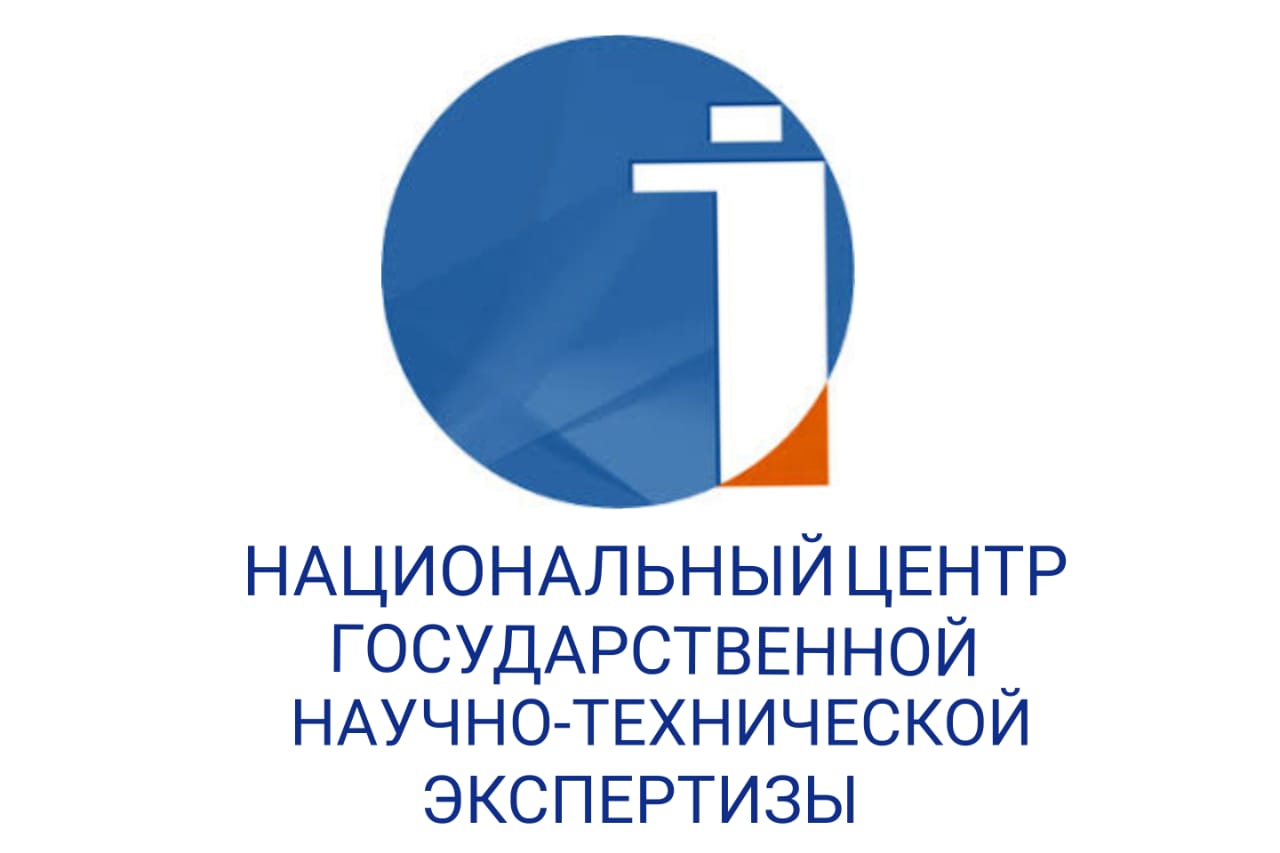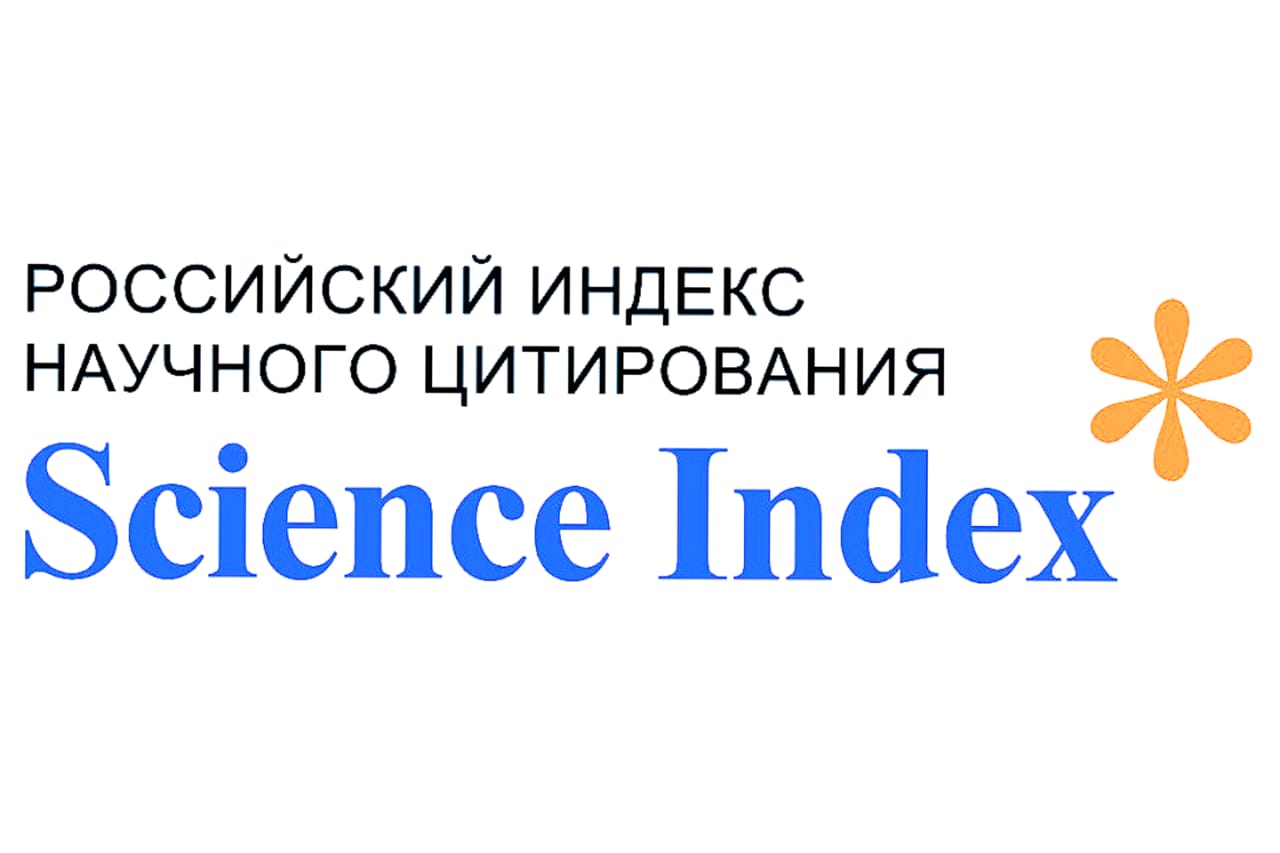РАЗРАБОТКА ПРОТОКОЛА ПОЛНОГЕНОМНОГО СЕКВЕНИРОВАНИЯ ВИРУСА SARS-COV-2
DOI:
https://doi.org/10.26577/eb.2022.v92.i3.08Аннотация
Полногеномное секвенирование вируса SARS-CoV-2 за период пандемии стало неотъемлемой частью эпидемиологического контроля за распространением коронавирусной инфекции. Это позволило обеспечить получение актуальных данных о циркулирующих генетических вариантах и мутационных изменениях вируса SARS-CoV-2 в период пандемии. Полученные результаты предоставили возможность исследователям накопить дополнительные данные о вирулентности, инфекционности, о вероятности уклонения от иммунного ответа при использовании вакцин и терапевтических моноклональных антител. Существуют разные технологические подходы для полногеномного секвенирования SARS-CoV-2, но мультиплексная ПЦР амплификация используется наиболее часто из-за простоты выполнения и экономичности. При выполнении исследований по секвенированию геномов вирусов исследователям необходимо оптимизировать существующие протокола секвенирования под доступную реагентику или разрабатывать новые подходы. Данные исследования посвящены разработке протокола полногеномного секвенирования вируса SARS-CoV-2 на основе использования ОТ-ПЦР амплификации с использованием 39 пар праймеров в 3 реакционных смесях. Протокол позволил получить данные 15 полных геномов вируса SARS-CoV-2 и может быть использован для крупномасштабных исследований по секвенированию геномов вирусов.
Библиографические ссылки
Yang X, Yu Y, Xu J, Shu H, Xia JA, Liu H, et al. Clinical course and outcomes of critically ill patients with SARS-CoV-2 pneumonia in Wuhan, China: a single-centered, retrospective, observational study // Lancet Resp Med. – 2020. – Vol. 8. - P. 475–81. doi: 10.1016/S2213-2600(20)30079-5
Li, Z., Guan, X., Mao, N., Luo, H., Qin, Y., He, N., & Gao, G. F. Antibody seroprevalence in the epicenter Wuhan, Hubei, and six selected provinces after containment of the first epidemic wave of COVID-19 in China // The Lancet Regional Health-Western Pacific. -2021. – Vol. 8. 100094.
of the International, C. S. G. The species Severe acute respiratory syndrome- related coronavirus: classifying 2019-nCoV and naming it SARS- CoV-2 // Nat. Microbiol. –2020. –Vol. 5. – P. 536-544.
Corman V. M., Muth D. Niemeyer D. Hosts and sources of endemic human coronaviruses // Adv. Virus Res. – 2018. – Vol. 100. – P. 163-188.
Annan A., Baldwin H.J., Corman V.M., Klose S.M., Owusu M., Nkrumah E.E., et al. Human betacoronavirus 2c EMC/2012-related viruses in bats, Ghana and Europe // Emerg. Infect. Dis. – 2013. – Vol. 19. – P. 456-459.
https://www.who.int/publications/m/item/weekly-epidemiological-update-on-covid-19---22-february-2022
Taubenberger, J.K., Kash, J.C. Influenza virus evolution, host adaptation, and pandemic formation // Cell Host Microbe. - 2010, – Vol. 7. - P. 440–451.
World Health Organization. Summary table of SARS cases by country, 1 November 2002-7 August 2003. Weekly Epidemiological Record // Relevé épidémiologique hebdomadaire. -2003. – Vol. 78(35). – P. 310-311.
Zaki A.M., van Boheemen S., Bestebroer T.M., Osterhaus A.D., Fouchier R.A. Isolation of a novel coronavirus from a man with pneumonia in Saudi Arabia // N. Engl. J. Med. – 2012. – Vol. 367. – P. 1814-1820.
Reusken C.B., Haagmans B.L., Muller M.A., Gutierrez C., Godeke G.J., Meyer B., et al. Middle East respiratory syndrome coronavirus neutralising serum antibodies in dromedary camels: a comparative serological study // Lancet Infect. Dis. – 2013. – Vol.13. –P. 859-866.
Korber B, Fischer WM, Gnanakaran S, Yoon H, Theiler J, et al. Tracking changes in SARS-CoV-2 Spike: evidence that D614G increases infectivity of the COVID-19 virus. Cell 182: 812–827. e819. pmid:32697968
Zhang L, Jackson CB, Mou H, Ojha A, Peng H, et al. (2020) SARS-CoV-2 spike-protein D614G mutation increases virion spike density and infectivity // Nature communications. – 2020. – Vol.11. – P. 1–9.
Yurkovetskiy L, Wang X, Pascal KE, Tomkins-Tinch C, Nyalile TP, et al. Structural and functional analysis of the D614G SARS-CoV-2 spike protein variant // Cell . -2020. – Vol.183. –p. 739–751.
Lu R., Zhao X., Li J., et al., Genomic characterisation and epidemiology of 2019 novel coronavirus: implications for virus origins and receptor binding // Lancet. – 2020. – Vol. 395. – P. 565-574.
Wan Y., Shang J., Graham R., et al. Receptor recognition by the novel coronavirus from Wuhan: an analysis based on decade-long structural studies of SARS coronavirus // J. Virol. – 2020. – Vol. 94. doi: 10.1128/JVI.00127-20
de Groot R.J., Baker S.C., Baric R., Enjuanes L., Gorbalenya A.E., Holmes K.V., et al. Family Coronaviridae. Virus Taxonomy: Classification and Nomenclature of Viruses // Ninth Report of the International Committee on Taxonomy of Viruses. London. – 2012. – P. 806-828.
Wan Y., Shang J., Graham R., et al. Receptor recognition by the novel coronavirus from Wuhan: an analysis based on decade-long structural studies of SARS coronavirus // J. Virol. – 2020. – Vol. 94(7). e00127-20.
Sun J., He W.T., Wang L., et al., COVID-19: epidemiology, evolution, and cross-disciplinary perspectives // Trends. Mol. Med. – 2020. – Vol. 26. – P. 483-495.
Neurath M.F. Covid-19 and immunomodulation in IBD // Gut. – 2020. – Vol. 69. – P. 1335–1342.
Masters P.S. The molecular biology of coronaviruses. advances in virus research // Academic Press. – 2006. – Vol. 66. – P. 193-292.
Manning, J. E., Bohl, J. A., Lay, S., Chea, S., Sovann, L., Sengdoeurn, Y., & Karlsson, E. A. Rapid metagenomic characterization of a case of imported COVID-19 in Cambodia // Biorxiv. -2020. doi: 10.1101/2020.03.02.968818
Chrzastek, K., Tennakoon, C., Bialy, D., Freimanis, G., Flannery, J., & Shelton, H. A random priming amplification method for whole genome sequencing of SARS-CoV-2 and H1N1 influenza A virus // bioRxiv - 2021. doi: https://doi.org/10.1101/2021.06.25.449750
Itokawa, K., Sekizuka, T., Hashino, M., Tanaka, R., & Kuroda, M. A proposal of alternative primers for the ARTIC Network’s multiplex PCR to improve coverage of SARS-CoV-2 genome sequencing // BioRxiv. - 2020. doi: https://doi.org/10.1101/2020.03.10.985150
Resende, P. C. et. al. SARS-CoV-2 genomes recovered by long amplicon tiling multiplex approach using nanopore sequencing and applicable to other sequencing platforms // BioRxiv. - 2020. doi: https://doi.org/10.1101/2020.04.30.069039
Mukanov K. K., Shevtsov A. B. Berdimuratova K. T, Amirgazin A. O, Kuibagarov М. А, Lutsay V. B. Optimization of PCR purification using silica-coated magnetic beads // Eurasian Journal of Applied Biotechnology. – 2020. – №. 1. – P. 81-89.
Andrews S. et al. FastQC: a quality control tool for high throughput sequence data. – 2010.
Ewels P. et al. MultiQC: summarize analysis results for multiple tools and samples in a single report //Bioinformatics. – 2016. – Т. 32. – №. 19. – C. 3047-3048.
Li H. Seqtk—Toolkit for Processing Sequences in FASTA/Q Formats; 2008.
Octavia, S., Ang, M. L., Van La, M., Zulaina, S., Saat, Z. A. A. S., Tien, W. S., Lin, R. T. Retrospective genome-wide comparisons of Salmonella enterica serovar Enteritidis from suspected outbreaks in Singapore // Infection, Genetics and Evolution. – 2018. – P. 229-233.
Quick, J., Loman, N. J., Duraffour, S., Simpson, J. T., Severi, E., Cowley, L., Carroll, M. W. Real-time, portable genome sequencing for Ebola surveillance // Nature. – 2016. – Vol. 530(7589). – P. 228-232.
Plante, J. A., Liu, Y., Liu, J., Xia, H., Johnson, B. A., Lokugamage, K. G., Shi, P. Y. Spike mutation D614G alters SARS-CoV-2 fitness // Nature. – 2021. – Vol. 592(7852). – P. 116-121.
Shastri, J., Parikh, S., Aggarwal, V., Agrawal, S., Chatterjee, N., Shah, R. & Pandey, R. Severe SARS-CoV-2 breakthrough reinfection with delta variant after recovery from breakthrough infection by alpha variant in a fully vaccinated health worker // Frontiers in Medicine. – 2021. – P. 1379.
Sekizuka T, Itokawa K, Kageyama T, Saito S, Takayama I, Asanuma H, Nao N, Tanaka R, Hashino M, Takahashi T, et al. Haplotype networks of SARS-CoV-2 infections in the Diamond Princess cruise ship outbreak // Proc Natl Acad Sci USA. -2020. – Vol. 117. – P. 20198–20201.











